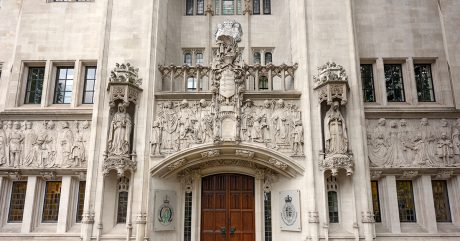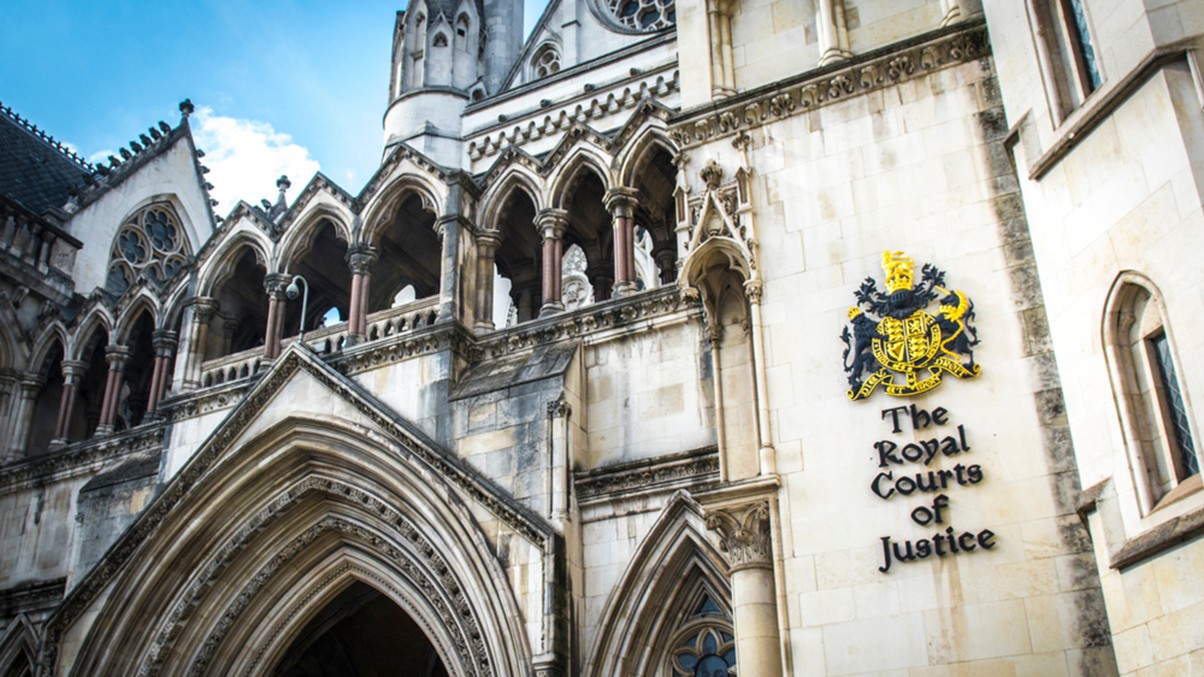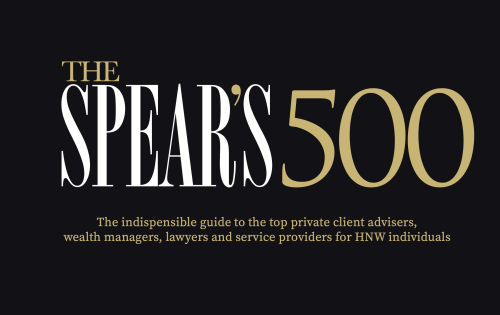On 30 April 2025 the case of Standish v Standish, which last year went through the Court of Appeal, will be heard by the Supreme Court of the United Kingdom. Over five years since the couple separated, the hearing represents the final attempt by Mrs Standish to obtain a share of the significant fortune generated by Mr Standish, a former banker, prior to their relationship.
The main issue which will be considered by the Supreme Court is how to divide assets on divorce that were generated prior to the marriage. Where assets are generated during the course of a relationship, the starting point is usually that each are entitled to an equal share of those assets (the ‘sharing principle’), even where those assets are very significant. The Court of Appeal has formed a clear distinction between wealth generated during the course of a marriage (commonly referred to as ‘matrimonial assets’), and wealth that is not (referred to as ‘non-matrimonial assets’).
In May 2024, Mrs Standish’s initial award of £45 million was appealed by both parties, with the Court of Appeal decision bringing a landmark 45% reduction in Mrs Standish’s award to £25 million. This remains the largest reduction to a divorce settlement ever ordered by the English courts.
In the case of Standish, the husband transferred c.£80 million (the vast majority of which were his pre-marital assets) to the wife as part of a tax planning arrangement under the express understanding that the wealth would be settled by her into a trust. Rather than settle the funds into trust, the wife issued divorce proceedings, arguing that the funds now belonged to her. The Court of Appeal determined that the transfer to the wife did not alter the critical fact that the assets which were earned and established by the husband prior to the marriage were ‘non-matrimonial’ and should not be shared by the wife on divorce.
This case marks the third chapter (and the first in nearly 20 years) of the development by the Supreme Court of the fundamental principles which underpin asset allocation on divorce, following White [2000] and Miller and MacFarlane [2006]. It will be the first time that the Supreme Court will consider the circumstances in which an individual’s non-matrimonial property can become matrimonial property and how the sharing principle should be applied to such assets.
Sam Longworth (Lead Partner for Mr Standish) commented:
“For those who have amassed high levels of wealth, an understanding as to when their assets will be shared on divorce, and when they will not, is a priority. It is an area which regularly results in divorce disputes running into the tens of millions and beyond. Standish represents the critical next phase in the development of the law relating to asset division on divorce, a subject that impacts couples across England and Wales where around 40% of marriages end in divorce. We welcome the opportunity to progress this critical area with the Supreme Court.”
Lucy Stewart-Gould (Second Partner for Mr Standish) added:
“In White [2000] the House of Lords confirmed that the work of the ‘breadwinner’ and the ‘homemaker’ during a marriage should be treated equally upon divorce; reliance on which spouse owns an asset risks discrimination. In Miller/McFarlane [2006] the ‘sharing’ principle was established. In Standish the Supreme Court will confirm when, if ever, assets generated outside of a marriage can be shared.”
Stewarts’ Divorce and Family partners Sam Longworth and Lucy Stewart-Gould and Associate, Fiona Porter, have represented Mr Standish throughout all stages of the process. Counsel for the husband are Tim Bishop KC, Thomas Harvey and Rebecca Bailey-Harris of 1 Hare Court.
Visit our resource hub to read background information relating to the Standish v Standish case, including resources, commentary, press coverage and links to the judgments of the High Court and Court of Appeal proceedings.
You can find further information regarding our expertise, experience and team on our Divorce and Family pages.
If you require assistance from our team, please contact us or alternatively request a call back from one of our lawyers by submitting this form.
Subscribe – In order to receive our news straight to your inbox, subscribe here. Our newsletters are sent no more than once a month.







